Results
-
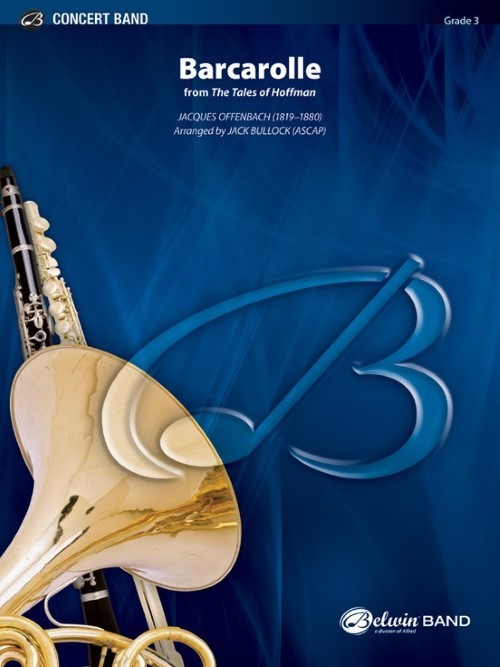 £66.95
£66.95Barcarolle (from Tales from Hoffman) (Concert Band - Score and Parts) - Offenbach, Jacques - Bullock, Jack
Barcarolle, one of the most famous operetta melodies, is presented here for concert band. Its "rolling" melody and simple harmonic structure have made it a favourite the world over. Written by one of the originators of the operetta musical form, Jacques Offenbach, it has endured for over 150 years. A historic work in a contemporary setting... a most musical gem!Duration: 2.45
Estimated dispatch 7-14 working days
-
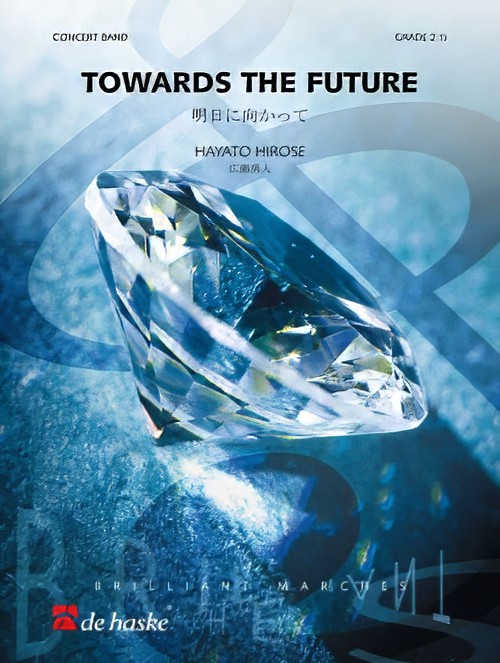 £76.99
£76.99Towards the Future (Concert Band - Score and Parts) - Hirose, Hayato
Towards the Future was commissioned by the Nagoya City Fire Bureau for the 50th anniversary of the Nagoya City Fire Bureau Band (Nagoya, Japan). It was premiered by the band on 7 February 2009, conducted by Masuo Nakamura. This concert march was conceived to lift up the spirits of the firemen who save people's lives. The solemn and heart-warming melodies express their braveness when faced with danger and the tenderness shown towards the people they protect. It is an ideal march to open a concert and to inspire both performers and audience.Duration: 3:00
Estimated dispatch 7-14 working days
-
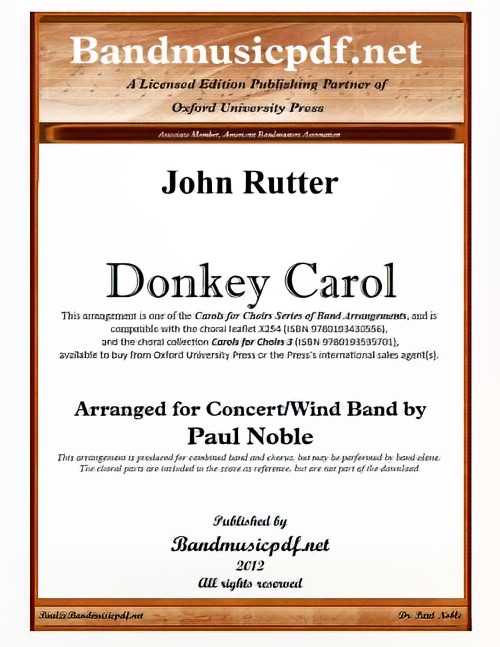 £75.00
£75.00Donkey Carol (Concert Band with Optional Choir - Score and Parts) - Rutter, John - Noble, Paul
This scintillating carol in 5/8 meter will offer a pleasant rhythmic challenge to your ensemble, and the results will delight both ensemble and audience. This arrangement is written and intended for combined Wind Band and Chorus. However, it is also arranged so that it is complete with Wind Band alone. The choral part is shown in the conductor's score, but is not a part of the instrumental packet. The arrangement is compatible with the published vocal score. The scoring is done with some cue size notations that should be played if performing without the chorus. This will make a delightful addition to any Christmas or seasonal concert.
Estimated dispatch 7-14 working days
-
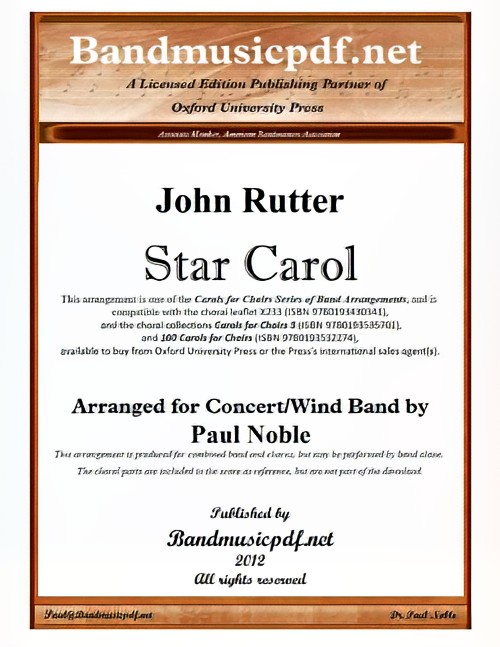 £75.00
£75.00Star Carol (Concert Band with Optional Choir - Score and Parts) - Rutter, John - Noble, Paul
Another of John Rutter's favorite carols is Star Carol. This arrangement is written and intended for combined Wind Band and Chorus. However, it is also arranged so that it is complete with Wind Band alone. The choral part is shown in the conductor's score, but is not a part of the instrumental packet. The arrangement is compatible with the published SATB choral version available seperately. The scoring is done with some cue size notations that should be played if performing without the chorus. This will make a delightful addition to any Christmas or seasonal concert.
Estimated dispatch 7-14 working days
-
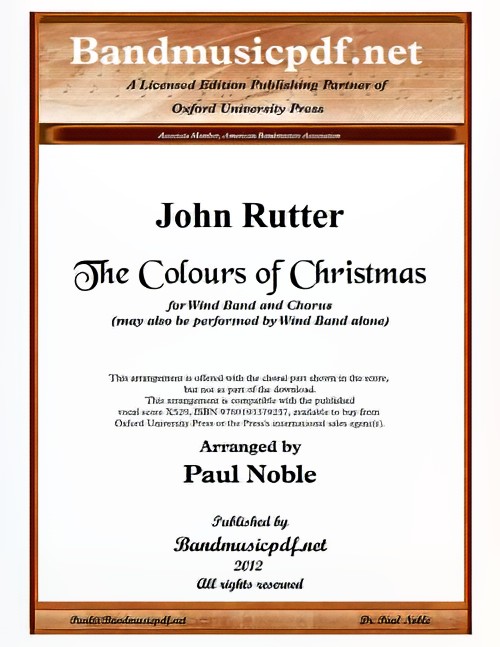 £75.00
£75.00The Colours of Christmas (Concert Band with Optional Choir - Score and Parts) - Rutter, John - Noble, Paul
A new John Rutter composition is The Colours of Christmas. The melody is beautiful in its simplicity, and the words are descriptive of the holiday spirit. This arrangement is written and intended for combined Wind Band and Chorus. However, it is also arranged so that it is complete with Wind Band alone. The scoring is done with some cue size notations that should be played if performing without the chorus. This will make a delightful addition to any Christmas or seasonal concert. The choral part is shown in the conductor's score, but is not a part of the set.
Estimated dispatch 7-14 working days
-
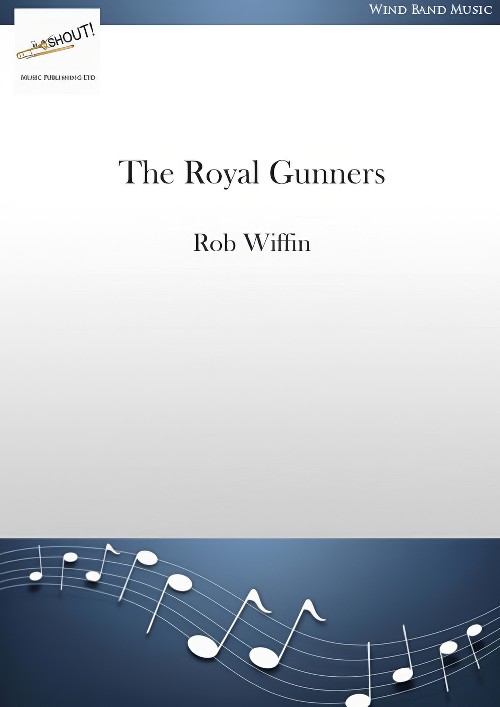 £49.95
£49.95The Royal Gunners (Concert Band - Score and Parts) - Wiffin, Rob
The Royal Gunners is a concert prelude based on tunes strongly associated with the Band of the Royal Artillery. It was composed for the band?€s 350th Anniversary celebrations in 2012. It was constructed in a similar way to Grenadiers! using the band?€s own regimental marches as a basis for composition. In this case the marches were the present Royal Artillery Slow March and one of the oldest Royal Artillery Marches - ?€The Trayne of Artillery?€s Grenadiers Quick March?€ (The Train of Artillery).
Estimated dispatch 7-14 working days
-
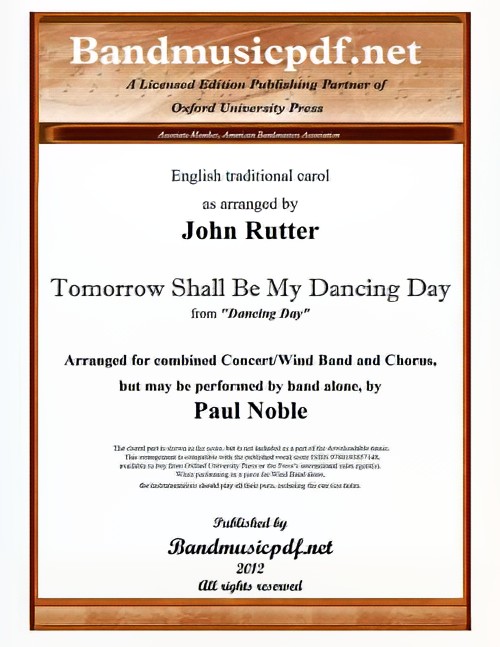 £75.00
£75.00Tomorrow Shall Be My Dancing Day (Concert Band with Optional Choir - Score and Parts) - Noble & Rutter
This is one of John Rutter's most popular carols, now arranged for Wind Band and SSA Chorus. The arrangement is intended for combined Wind Band and Chorus. However, it is also arranged so that it is complete with Wind Band alone. The scoring is done with some cue size notations that should be played if performing without the Chorus. The choral part is shown in the score, but not included as a part of the instrumental packet. This arrangement is compatible with the published vocal score.
Estimated dispatch 7-14 working days
-
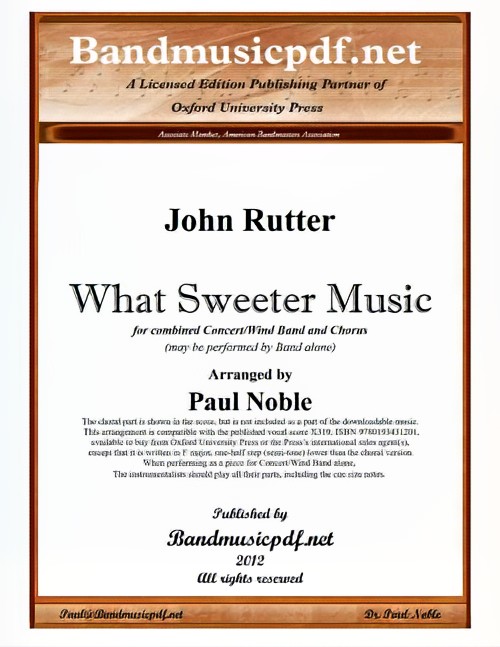 £75.00
£75.00What Sweeter Music (Concert Band with Optional Choir - Score and Parts) - Rutter, John - Noble, Paul
Perhaps John Rutter's most famous and popular carol is What Sweeter Music. This arrangement is written and intended for combined Wind Band and Chorus. However, it is also arranged so that it is complete with Wind Band alone. The choral part is shown in the conductor's score, but is not a part of the set. This arrangement is compatible with the published vocal score. The scoring is done with some cue size notations that should be played if performing without the chorus. This will make a delightful addition to any Christmas or seasonal concert.
Estimated dispatch 7-14 working days
-
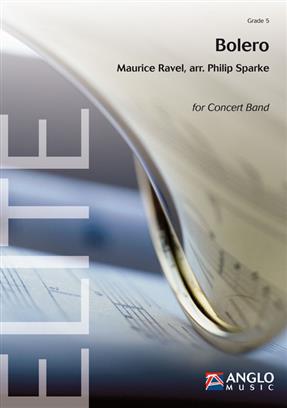 £199.99
£199.99Bolero (Concert Band - Score and Parts) - Ravel, Maurice - Sparke, Philip
Bolero was originally written as a ballet for a famous ballerina and achieved great success on the stage. Nowadays the ballet itself is only rarely performed and even though Ravel thought the orchestra would seldom play it, it has become one of the best-loved pieces for the concert stage. This arrangement by Philip Sparke keeps very close to the original score in this melodically and rhythmically unique work.Duration: 15:00
Estimated dispatch 7-14 working days
-
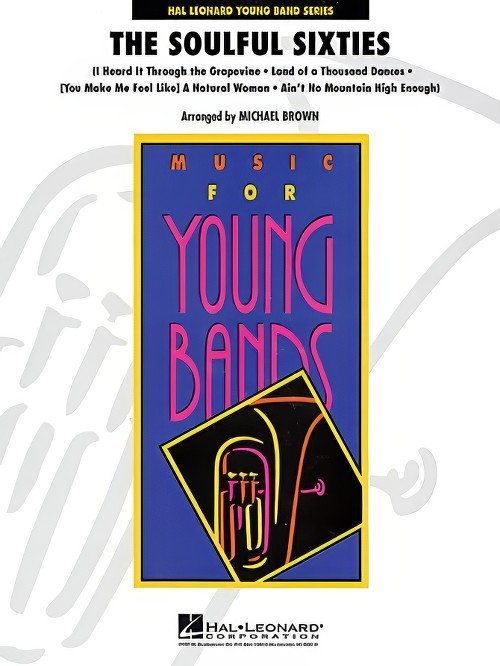 £64.99
£64.99The Soulful Sixties (Concert Band - Score and Parts) - Brown, Michael
The music of the '60's was just about as diverse as musically imaginable. And in the midst of it all, Motown continued to crank out hit after hit of catchy rhythm-based tunes. Here is a medley that is sure to be enjoyed by all ages that includes:I Heard It Through the GrapevineLand of a Thousand Dances(You Make Me Feel Like) A Natural WomanAin't No Mountain High EnoughDuration: 5.00
Estimated dispatch 7-14 working days
